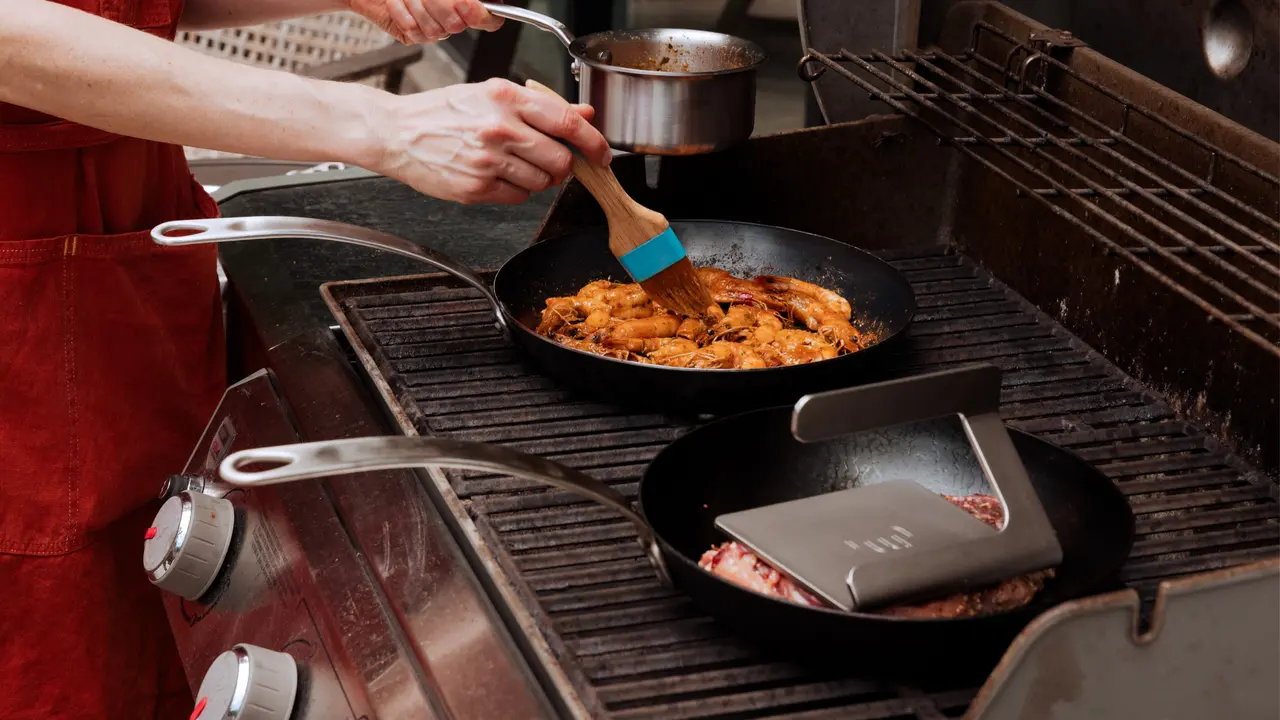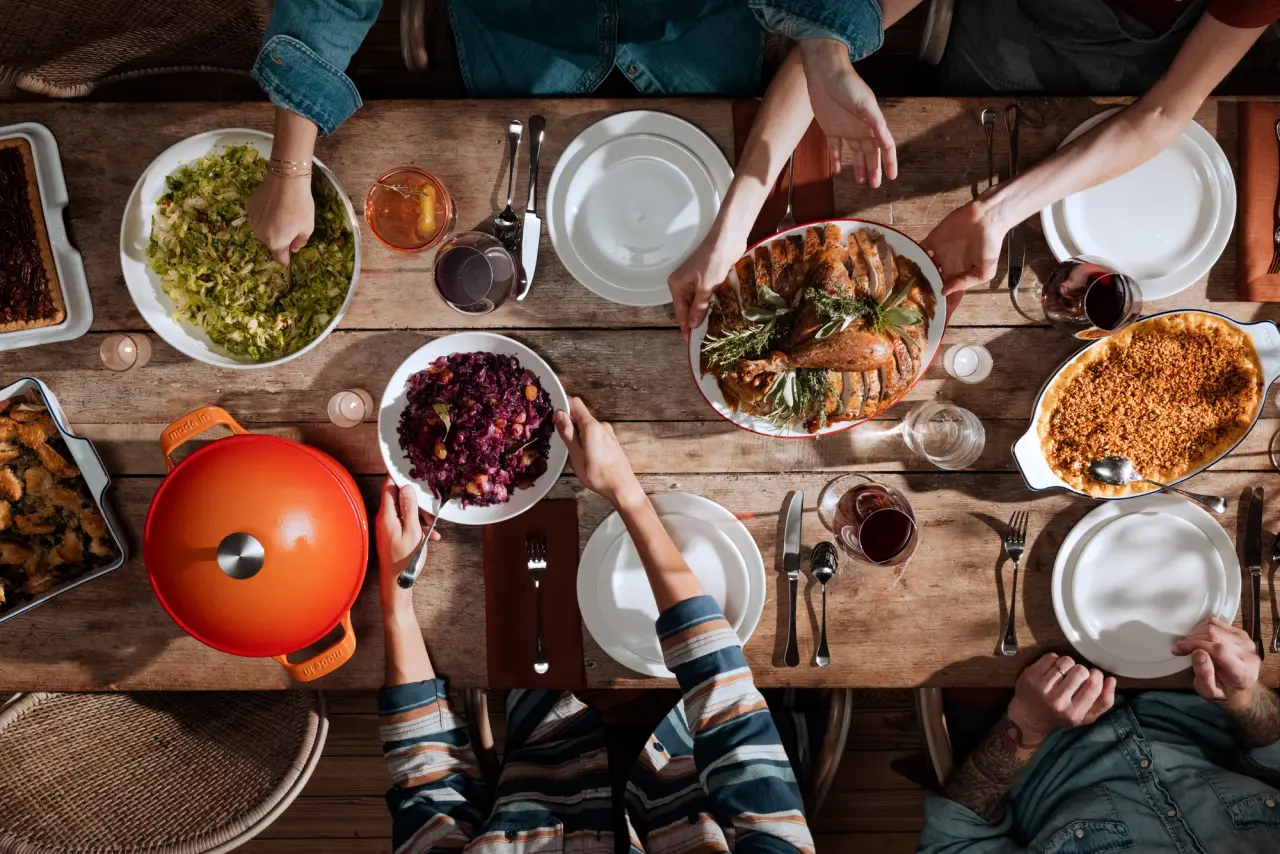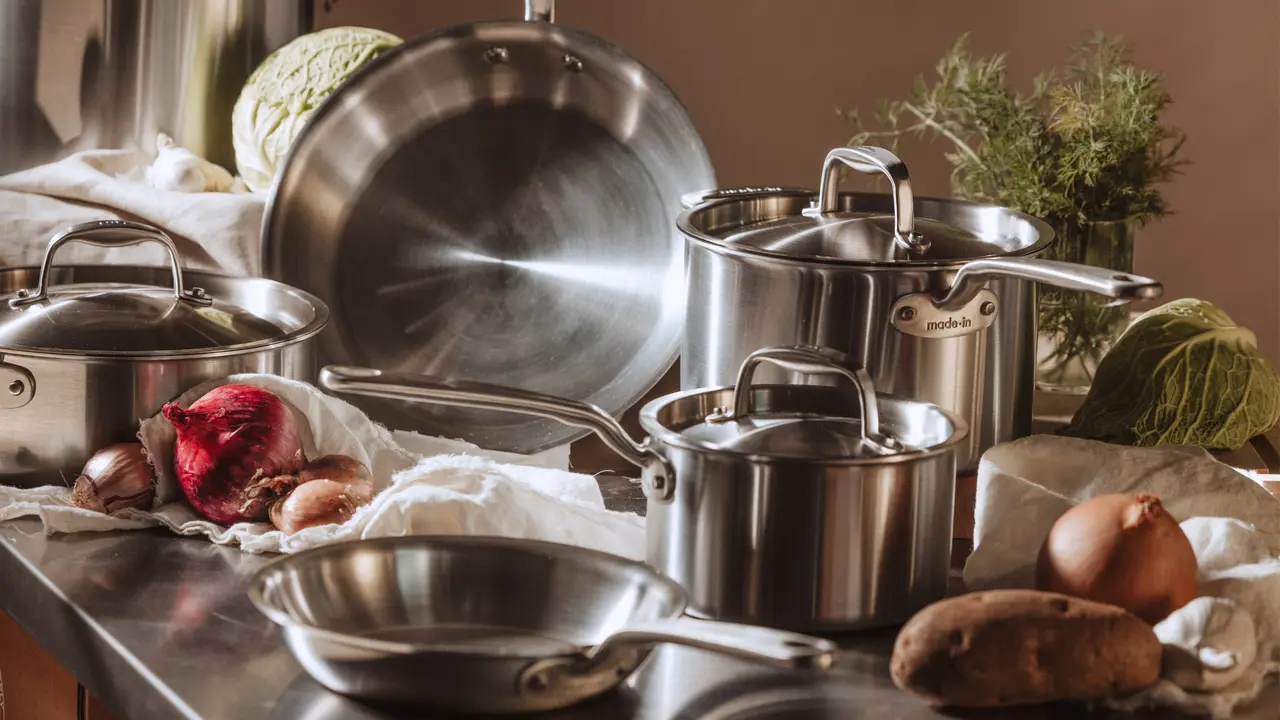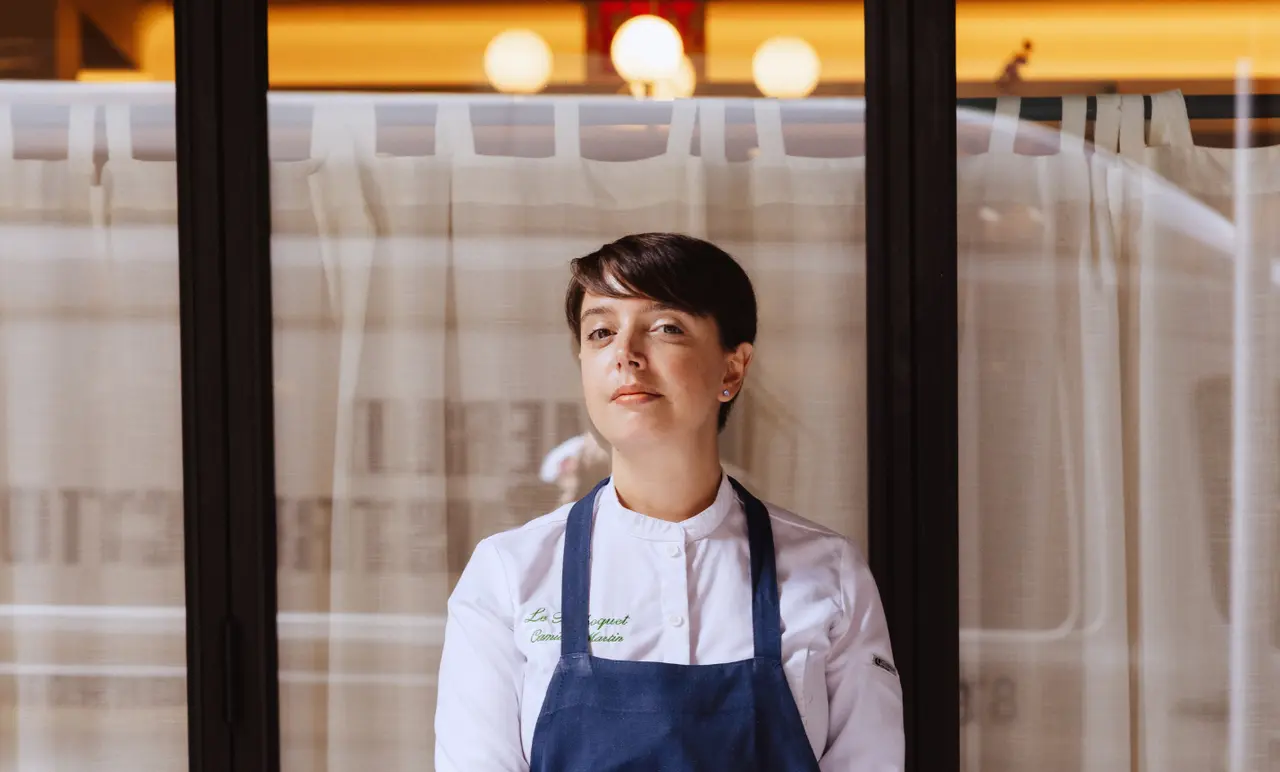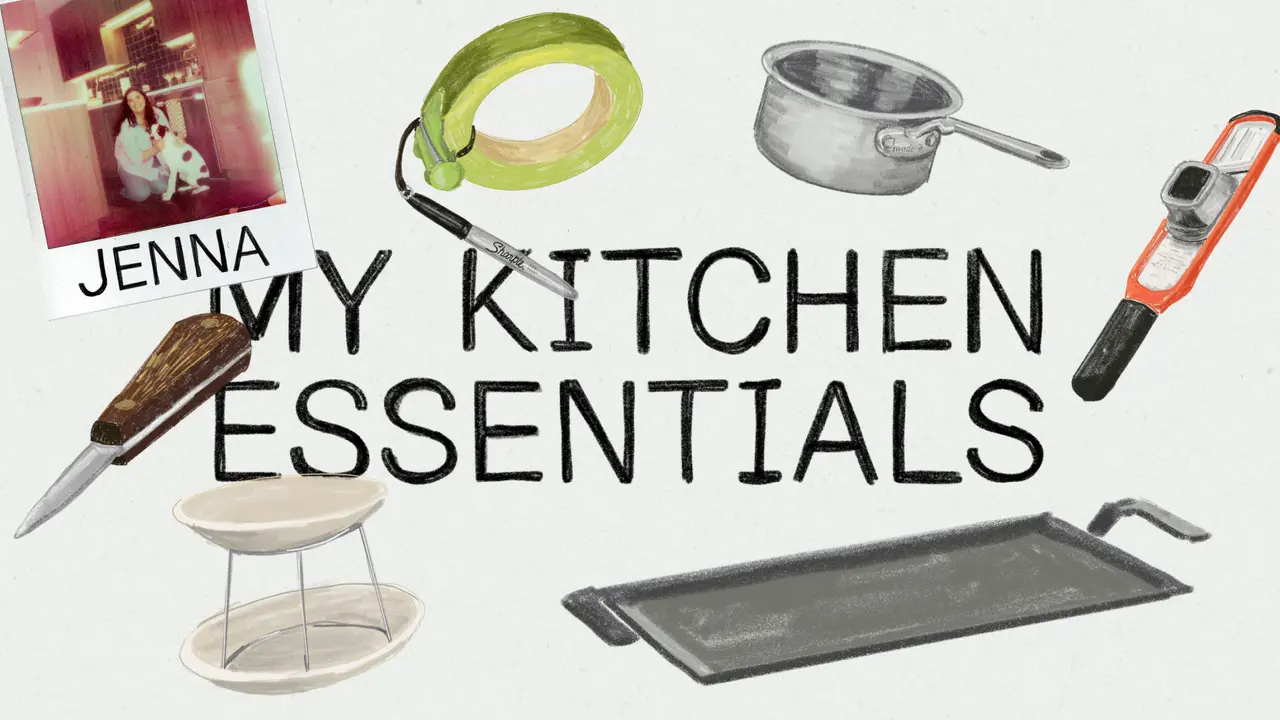Pancakes come in many forms—thick, thin, sweet, savory, silver dollar, and dinner plate-sized. They’re an American breakfast staple, but what about the original breakfast cake that started it all?
I grew up eating johnny cakes, vastly preferring them to the overly sweet, cakey buttermilk pancakes found in diners in the Midwest. My mom would make johnny cakes from scratch and they always felt like a special occasion. They were everything that pancakes were not—crispy, salty, hearty. To this day, they are still a weekend favorite.
Here, we give you an introduction to the johnny cake, plus provide some cooking and serving suggestions. Consider it an important (and delicious) history lesson.
A Brief History of Johnny Cakes
Johnny cakes are a cornmeal-based food, primarily served for breakfast. In their most basic form, they’re unleavened and made from just cornmeal, salt, and water. Modern iterations often include leavening in the form of baking powder, along with eggs, milk, and sugar.
Like much of early American history, the exact origins of johnny cakes are hard to pin down. The first written mention of johnny cakes was in the mid 1700s, but it’s likely that Ingenious Americans had been making a similar dish for much longer.
How they got their name is also up for debate. Some believe that it comes from “Shawnee cakes” as a nod to the use of corn by Indigenous peoples. There is even some evidence that it’s derived from an Indigenous word for corn. Others think it came from “journey cakes” because of how portable they are. Rhode Island has long maintained that they are the home of johnny cakes and The Kenyon Grist Mill claims to make the only cornmeal used for authentic johnny cakes.
Whatever their exact origin, johnny cakes spread from New England to the American South, where they were called “hoe cakes.” Contrary to popular belief, hoe refers to a griddle, not a gardening tool. During the Civil War, cornmeal-based foods became popular because it was both cheap and filling. Today, johnny cakes are a staple in Southern food and can be found in diners as well as soul food restaurants. Variations of the johnny cake can also be found all across the Caribbean as well.
How Should I Cook Johnny Cakes?
Johnny cakes are traditionally cooked in cast iron—either a skillet or a griddle—using butter or lard. We suggest using Carbon Steel however, as it possesses all the best aspects of cast iron, blended with the lightness and control of Stainless Steel. Like cast iron, Carbon Steel retains heat very well, but it heats up significantly faster and the thinner material responds to changes in temperature much more effectively, so you don’t have to worry about anything burning.
While a Carbon Steel Frying Pan would work for frying up johnny cakes, we suggest using our Griddle. This will not only give you a larger cooking surface, but you can even utilize the dual zone cooking feature and have one side of the Griddle on low to keep the johnny cakes warm while preparing the rest of them.
I didn’t grow up with a griddle (or with Carbon Steel Cookware for that matter) so my mom would cook them in batches in the largest cast iron skillet we had, often yielding what she called “campfire pancakes” which was a nice way of saying pancakes that were a little burnt. With our Griddle, you won’t have to worry about that and you can cook your johnny cakes as light or as dark as you’d like them.
How Do You Serve Johnny Cakes?
Unlike pancakes, johnny cakes don’t always contain sugar, which means they can be used in sweet or savory applications. They can be served for breakfast with butter and syrup—as an extra treat, my mom would melt the butter and syrup together, always using salted butter. You can just as easily use johnny cakes in place of a starch like potatoes or rice and serve them for a savory brunch, or even dinner.
Chef Dawn Burrell blends sweet and savory with her recipe for Johnny Cakes with Sorghum-Glazed Bacon and Corn Cream. Her johnny cakes are both sweetened and leavened and she pairs them with sweet and spicy glazed bacon, topped with an herbed corn cream.
Now that you know what they are and where they come from, try your hand at making them yourself. Feel free to riff on Chef Burrell’s recipe to suit your sweet or savory needs.
